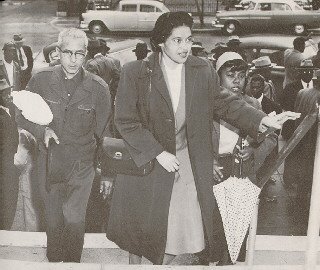A seemingly innocent plaything from yesteryear -- like, say, your Popeye water pistol -- may be viewed in a different context in this day and age -- largely because of the changes that mass media have brought to our lifestyle and, consequently, our value standards. Now there are such things as "peace education" and "media literacy." Now we hear of "gaming addiction" and "cybergossip." "Instant messaging" and "blogging" provide yet other challenges to parents to keep up with technological advancements that are becoming a normal part of the culture that their kids are growing up with. Surrounded by these, any kid has access to information and images that may make him more aware of things like conflict, war, prejudice, and a host of other things that, if he's not guided well, may make him forget (or totally unaware of) the concept of peace and the need to work at it so that it reigns -- within oneself, in the family, on the societal level and between nations.
So how do we teach peace to a kid? Believe it or not, the toys he plays with has much to do with it. Here's some food for thought:
"Teaching Peace in Fearful Times"
A statement by the Alliance for Childhood
(an excerpt)
“It is easy to teach children about war,” says Joan Almon, U.S. coordinator of the Alliance for Childhood. “It is much more challenging to teach them how to create peace. In war, we draw lines and barricade ourselves against the enemy. Educating for peace means building bridges between people across every divide, including ethnic, racial, religious, and national lines.”
After the September 11 terrorist attacks, many new toys and games that glorify violence were marketed to children as young as age three. These include realistic toy weapons and battlefield gear.
These kinds of toys “focus children's play on violent themes, undermine lessons adults teach, and bring in scary real-world themes young children cannot fully understand,” notes the Toy Action Guide published by TRUCE, a national organization of educators concerned with how toys and entertainment affect children’s play and behavior (http://www.truceteachers.org/).
“Such toys may fulfill a need for adults to feel patriotic or support U.S. troops,” says Diane Levin, professor of education at Wheelock College and author of Teaching Young Children in Violent Times. “But they often channel children into narrowly scripted play, and convey a message that violent play is okay and exciting. Children need more open-ended play materials that enable them to be creative and imaginative and to work out their own needs.”
Read more at Alliance for Childhood








